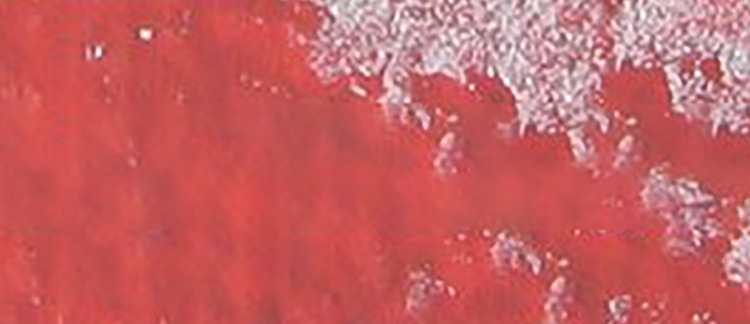Abstract
A proliferation of objects populate classroom spaces, the newest include a long list of innovative technologies, but their presence is characterized by their instrumentality. This paper presents a shift in this thinking to one where objects are seen as heterogeneous contributors to learning and teaching. Student practices within networked computing are changing how they form connections with peers, perceive boundaries, and negotiate diverse modalities as creators. The overwhelming visual nature of these various technologies provides opportunities for a visual culture pedagogy of art education to build critical foundations in investigations of visuality and may provide insights to participation through these multimedia platforms. In trying to understand these opportunities, this paper focuses on developing an analysis of the network ontology of art education through the methodology of actor-network theory (ANT). This analysis repositions visual technologies, particularly Adobe Photoshop, beyond their instrumentality to a reconceptualization as collaborators within human-technology interactions to more fully comprehend their affordances, gaps, and hegemonies. It is an investigation of a network ontology focusing on bringing symmetry to human and non-human actors in social formations, following the effects of translation, and working through the assemblage of social ontologies to better understand their contributions to human-technology collaborations.
How to Cite:
Knochel, A., (2011) “Art Education In a Network Ontology: Seeing Non-Humans”, Marilyn Zurmuehlen Working Papers in Art Education 2011(1), 1-16. doi: https://doi.org/10.17077/2326-7070.1409
Rights: Copyright © 2011 Aaron Knochel
Downloads:
Download pdf
View
PDF

